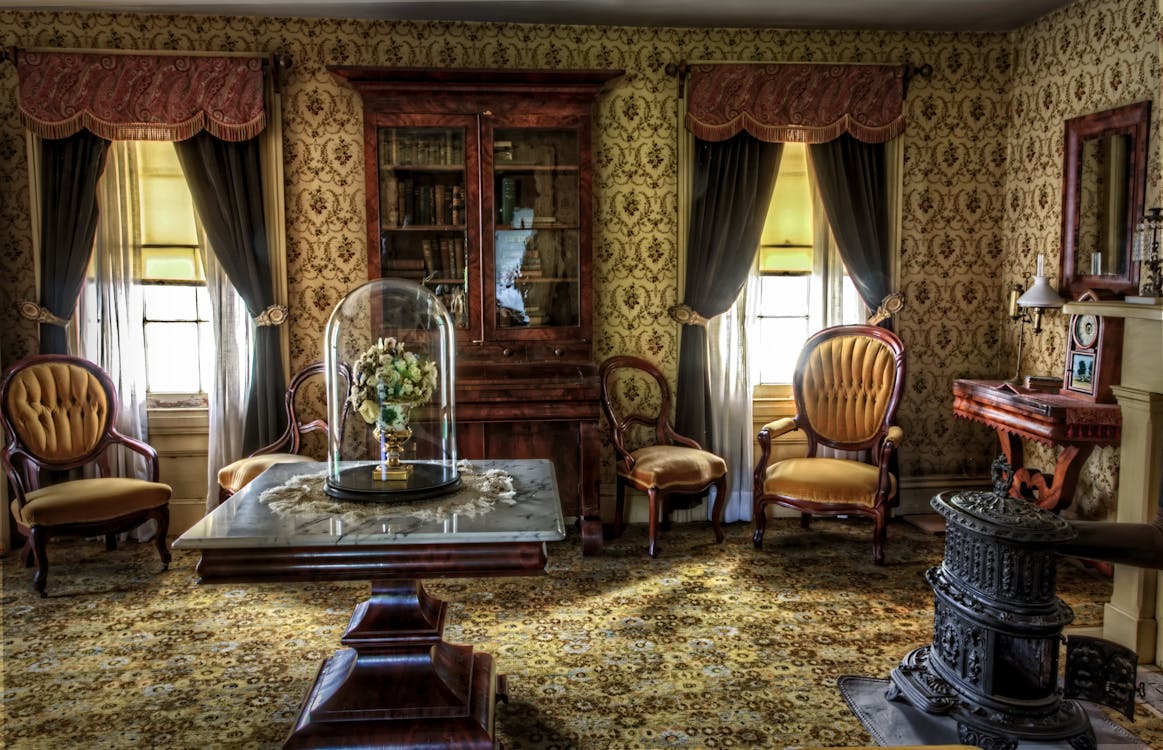
The History of Window Coverings: From Ancient Civilizations to Modern Homes
Home window treatments have actually belonged to human history for countless years, advancing from primitive products to the innovative layouts we enjoy today. While we frequently admire how window therapies improve our homes, couple of understand the remarkable journey that brought them right here. Let's take a trip via time and check out exactly how cultures throughout the globe have shaped the evolution of window curtains, tones, and window drapes right into what we now consider important parts of home design.
Old Beginnings: Function Before Fashion
The earliest window coverings weren't concerning making a home look elegant; they were developed out of requirement. Ancient Egyptians are thought to have made use of reeds and papyrus to cover openings in their homes, supplying shade and some defense from the ruthless sun. These treatments were lightweight and simple to replace, excellent for the extreme desert setting.
On the other hand, throughout the Mediterranean, the Greeks and Romans introduced textiles like linen and woollen to their interiors. These early types of window drapes hung freely over doorways and home windows, helping to control indoor temperature levels and add a touch of privacy. Roman style later affected just how window treatments were designed to work not equally as a guard, yet as a luxurious statement in wealthier households.
The Middle Ages: Heavy Fabrics and Practical Uses
As European castles and homes expanded in size, windows came to be larger-- and so did the requirement for far better coverage. During the Middle Ages, hefty products like velvet and brocade were preferred for their ability to block drafts and maintain warm. These thick curtains were not simply decorative; they worked as critical components for heat and comfort in stone-built structures.
Window treatments in this duration were usually rich in color, intricately stitched, and often doubled as makeshift walls in large halls. Decorative patterns and lush textiles represented social status, making home window treatments a valuable part of indoor decoration also then.
The Renaissance: Artistry Meets Practicality
The Renaissance sparked a renewed rate of interest in art, culture, and home layout. With advancements in weaving and fabric manufacturing, property owners got to a wider selection of fabrics and patterns. Home window treatments came to be an artistic extension of a home's visual, typically echoing the splendour located in Renaissance paints and sculptures.
Tapestries and embroidered window curtains were a staple of high end homes, their styles informing stories of mythological, religious, or everyday life scenes. The trend of using drapes not only for home windows yet also around beds and doorways came to be prevalent, marrying feature and elegance.
The 18th and 19th Centuries: Refinement and Innovation
As the Industrial Revolution gained momentum, fabric manufacturing took off. Fabrics came to be a lot more economical and accessible to the middle class, resulting in a period where home window treatments were not just for the well-off. Advancements in poles, rings, and pulley systems enabled the very early versions of what would certainly later on motivate Hunter Douglas motorized blinds.
Throughout the Victorian period, the design of window therapies became even more split and luxuriant. Residences flaunted hefty window drapes layered over lace sheers, with tassels, fringe, and elaborate tiebacks completing the appearance. Home window coverings were no longer just sensible however essential elements of interior design, mirroring the property owner's taste and condition.
The 20th Century: Embracing Minimalism and Technology
The 20th century brought radical changes. The tidy lines of modernism moved choices from opulence to simpleness. House owners relocated away from hefty drapery toward lighter, extra functional designs that highlighted the style of the home instead of frustrating it.
As technology advanced, so did home this site window coverings. Advancements led to the development of items like Hunter Douglas motorized shades, using homeowners comfort and specific light control at the touch of a button. This technological jump was more than a high-end; it stood for a brand-new period of living where comfort, style, and automation balanced easily.
Textile choices also ended up being a lot more varied, with artificial products providing cost effective, durable, and easy-to-maintain options. This shift allowed individuals to explore different looks and performances, depending upon the requirements of each space.
Today's Window Coverings: A Blend of Style and Smart Living
Today, home window treatments are a seamless blend of form and feature. Whether you prefer traditional window curtains or advanced Hunter Douglas motorized shades, the range of options is broader than ever before. Modern home owners can pick coverings that perfectly match their lifestyle, décor, and sustainability choices.
Smart home assimilation has actually taken window treatments to a totally new level. Equipments linked to mobile phones or voice-activated aides supply the capability to adjust tones based on time of day, temperature level, or perhaps your mood. And while mechanized options like Hunter Douglas motorized blinds are at the center of this motion, there continues to be a deep recognition for the classic style that standard drapes and curtains give a space.
Eco conscious selections are also getting popularity, with products like bamboo, natural cotton, and recycled materials coming to be essential consider purchasing decisions. Sustainability, as soon as an afterthought, is now a leading fad in interior design, particularly when it comes to window therapies.
The Ever-Evolving Art of Dressing Windows
Home window coverings have definitely come a long way given that the days of papyrus screens and woolen cloths. From the heavy, intricate window drapes of middle ages Europe to the sleek, technology-driven choices readily available today, their development mirrors the more comprehensive changes in society, modern technology, and design preferences.
In every age, the objective behind window treatments has continued to be regular-- providing security, convenience, and elegance-- but the materials, innovation, and layouts have actually continuously developed to satisfy the altering demands of the moments. As homes come to be smarter and lifestyles continue to shift, it's thrilling to picture what the future of window coverings will appear like.
Follow us for more exciting explorations into home design trends, and stay tuned for even more stories that celebrate the timeless charm and development discovered in every corner of your living space!
 Tony Danza Then & Now!
Tony Danza Then & Now! Amanda Bynes Then & Now!
Amanda Bynes Then & Now! Hallie Eisenberg Then & Now!
Hallie Eisenberg Then & Now! Alisan Porter Then & Now!
Alisan Porter Then & Now! McKayla Maroney Then & Now!
McKayla Maroney Then & Now!